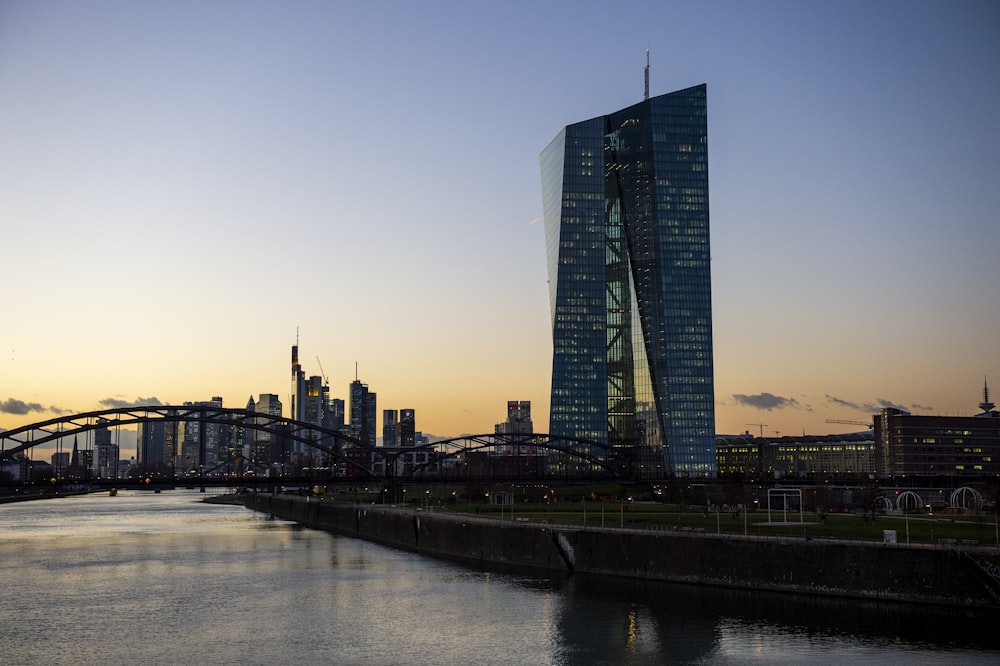ECB Preview: How To Avoid Jumping From Patience To Panic
Next week’s European Central Bank meeting is unlikely to bring any policy changes. Instead, the central bank will have to master a new communication challenge regarding inflation: avoiding any apparent shift from patience to panic.
Photo by Charlotte Venema on Unsplash
While the Federal Reserve has moved closer to a first-rate hike, and more, all eyes will now be on the ECB meeting next week. However, we don’t expect the central bank to give any hints on possible rate hikes. The time for this has not come, yet. Remember that the ECB and the eurozone economy are still lagging behind the Fed and the US economy in terms of the cycle, inflation, wages and labor market tightness. We don’t expect any policy announcements at next week’s meeting. Instead, the ECB’s main challenge will be regarding communication - on the one hand, to confirm its more hawkish stance on inflation and on the other, to keep any speculation on premature rate hikes at bay.
The ECB's U-turn on inflation
More generally speaking, the ECB has gone through an enormous change. Within less than half a year, the inflation narrative has changed from calling the surge in prices temporary and warning against too-low rather than too-high inflation in the medium term, to a doubling of its 2022 inflation forecasts and warning against upside risks to price stability. Despite the change in its take on inflation, the ECB is in no position to consider tightening any time soon. The drivers behind high inflation and higher inflation projections are still mainly driven by supply-side constraints and not by demand. In other words, tightening monetary policy would do little to ship containers faster from Asia to Europe or reduce energy prices. Consequently, the ECB must make a fine distinction between the need to continue stimulating the economy and actually bringing higher inflation down. While the latter would only be possible at the risk of choking off the economic recovery, the former is clearly under discussion.
The minutes of the ECB’s December meeting suggested that the ECB has definitely left ‘team transitory’ when it comes to inflation but without transferring into ‘team permanent’, yet. This means that the discussion on the drivers behind inflation not only at the current juncture but also in the longer term will continue and won't be solved any time soon.
Three stages of the ECB's road to normality
There won’t be any changes to the ECB’s monetary policy stance next week but the Bank's discussion on the future path of monetary policy will obviously be closely linked to the inflation debate. We think that this debate and the ECB's road to normalization can be divided into three different stages: tapering, the end of negative interest rates, and finally moving towards a more neutral monetary policy stance.
- Tapering. The longer headline inflation remains at elevated levels and the faster the eurozone economy rebounds from the fourth wave of the pandemic, the weaker arguments to continue with asset purchases will be. Here, the short-term inflation assessment will matter most.
- The end of negative rates. Once net asset purchases are brought to an end, the next crisis tool will be discussed and likely returned to the toolkit. Returning the deposit rate back to zero could bring relief to the banking sector and could be an adequate signal that the era of unconventional measures is over.
- Hiking interest rates beyond zero. The timing of rate hikes once the deposit rate has been brought back to zero will be highly dependent on the ECB's longer-term inflation view, in particular, its view on whether or not structural factors, such as the fight against climate change, demographic factors and deglobalization will push up inflation. If they do, a series of rate hikes is the most likely option once all crisis tools are back in the toolkit. That is unless the ECB starts to realize that rate hikes have as limited impact on inflation driven by global drivers as rate cuts had on deflation driven by global drivers.
In the absence of any major economic accident, we see a growing majority at the ECB calling for an end to the crisis-fighting tools. This would first imply an end to net asset purchases and then an end to negative interest rates; probably over the next 12 to 18 months. The discussion on rate hikes, once the deposit rate is back to zero, will be more controversial as views in the ECB’s Governing Council about structural and longer-term inflationary drivers like decarbonization, demographics and deglobalization still differ significantly.
Next week's challenge: avoid jumping from too much patience to too much panic
The December meeting not only marked a new and more hawkish inflation stance at the ECB, but it was also the start of a gradual asset purchase reduction. At the current juncture, it is highly unlikely that we'll see any new policy announcements next week. However, the ECB will have to steer market expectations cautiously. The Bank will have to confirm its new hawkishness without sounding too hawkish. If market expectations surge too quickly, higher interest rates could undermine the economic recovery. On the other hand, too much dovishness could damage the ECB’s credibility as an inflation fighter. This is why the ECB needs to avoid rushing from 'inflation patience' to 'inflation panic'. How could they do it? Confirm the December decisions, keep the door open for faster asset purchase reductions and stress the sequencing of policy rates hikes only after the end of asset purchases.
Disclaimer: This publication has been prepared by ING solely for information purposes irrespective of a particular user's means, financial situation or investment objectives. The information does ...
more



